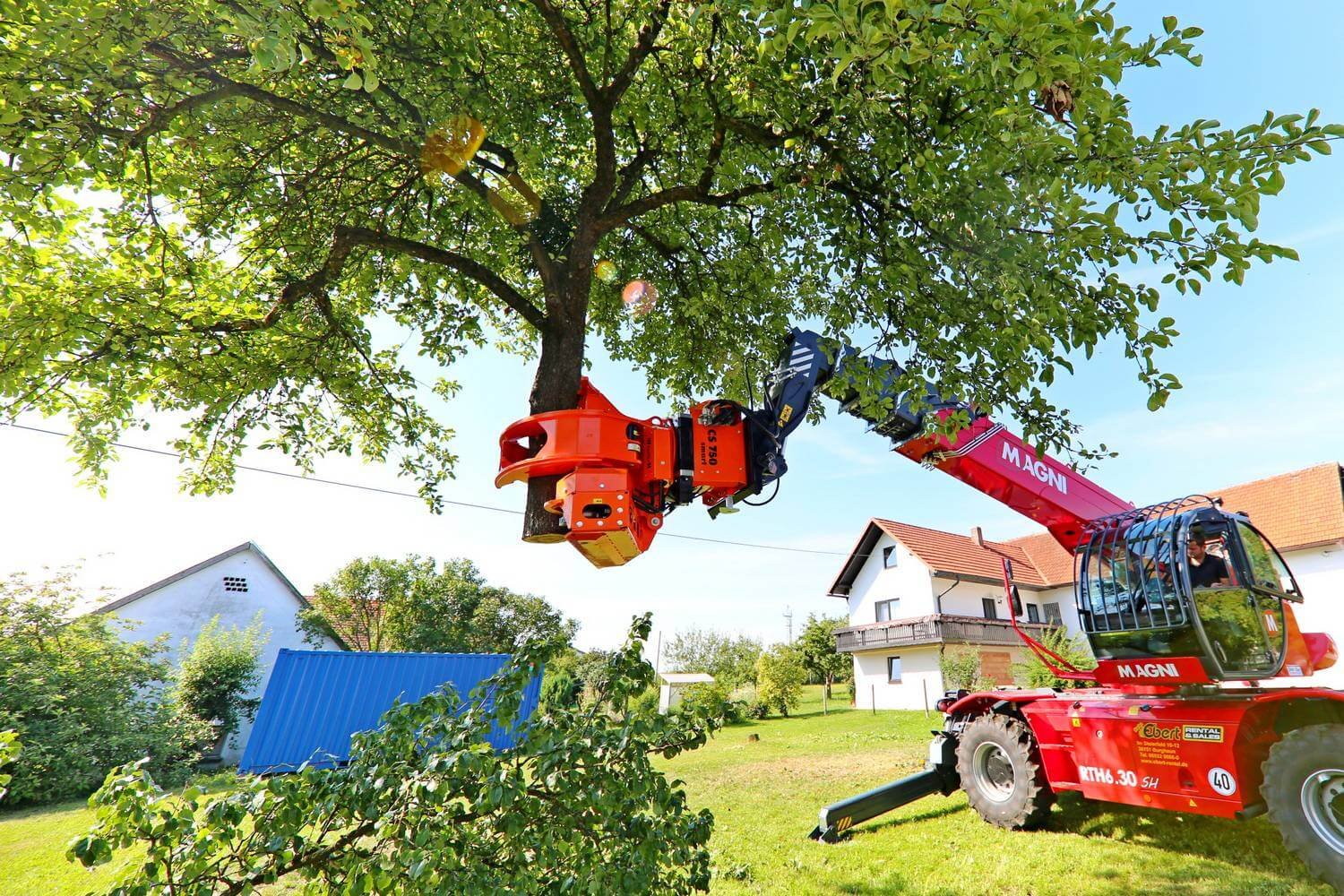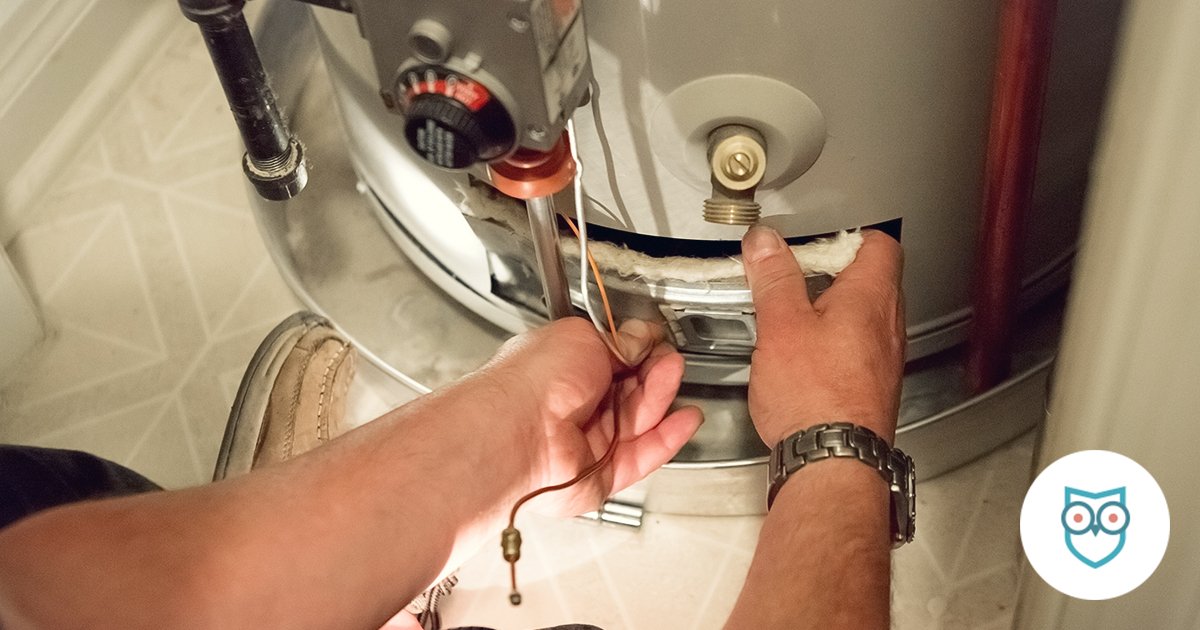Trees add beauty, shade, and value to any property. They provide a natural habitat for wildlife and contribute to a healthier environment. However, while trees are beneficial, they can also become a liability when they pose a risk to people and property. In certain situations, a tree must be removed immediately to prevent damage or injury. Ignoring the warning signs of a hazardous tree can result in costly repairs, power outages, or even severe accidents.
If you suspect a tree on your property is unstable or dangerous, it’s crucial to act quickly. Below are five clear signs that you need emergency tree removal services immediately.
1. The Tree is Leaning Dangerously
A tree that suddenly starts leaning or has always had an unnatural tilt can be a major red flag. While some trees naturally grow at an angle, a sudden change in a tree’s position is often a sign of structural instability.
Why Is a Leaning Tree Dangerous?
- It may indicate that the tree’s root system is failing, making it more likely to topple over.
- Strong winds or heavy rain can easily bring down a leaning tree, causing damage to property or injury to people nearby.
- The lean may suggest internal decay, making the tree structurally weak.
What to Do If You Notice a Leaning Tree
If you see a tree leaning dangerously after a storm or for no apparent reason, call a professional tree removal service immediately. They will assess whether the tree can be stabilized or if removal is the safest option. Ignoring a leaning tree can lead to sudden and unexpected falls, putting your home, vehicles, and family at risk.
2. Large Branches Are Broken or Hanging
Severe weather conditions such as storms, heavy snow, and strong winds can cause branches to break. While smaller branches may not pose an immediate threat, large broken limbs can be dangerous if they fall unexpectedly.
Why Are Broken Branches a Serious Issue?
- Hanging limbs can fall on cars, power lines, roofs, or pedestrians.
- They indicate that the tree is under stress or has been weakened by disease.
- If left unattended, broken branches can invite pests and decay, weakening the tree further.
What to Do If Your Tree Has Broken Branches
If you notice broken or hanging branches, contact a tree removal expert as soon as possible. In some cases, trimming or pruning may be enough to prevent further damage. However, if the tree is severely compromised, complete removal may be necessary.
3. The Tree is Diseased or Infested
A sick or pest-infested tree can become structurally weak, making it more likely to fall. Common signs of disease include:
- Discolored or wilting leaves
- Soft or decayed wood
- Large cracks in the trunk
- Unusual fungal growth on the bark
- Visible insect infestations such as termites or carpenter ants
Why Is a Diseased Tree Dangerous?
- The tree may gradually lose its structural integrity, increasing the risk of falling.
- Fungal infections can spread to nearby trees, causing widespread damage.
- Certain pests, such as termites, can migrate from the tree to your home, causing further destruction.
What to Do If Your Tree Shows Signs of Disease
If you suspect a tree is diseased, don’t wait for it to become a hazard. Contact a certified arborist to diagnose the issue. In some cases, treatment can save the tree, but if the disease has spread extensively, removal may be the safest course of action.
4. The Tree Has Severe Trunk or Root Damage
A tree’s trunk and root system are essential for its stability. If either of these structures becomes compromised, the tree could be at risk of falling.
Signs of Trunk Damage:
- Large cracks or cavities in the bark
- Bark peeling away in large sections
- Visible rot or decay at the base
Signs of Root Damage:
- Exposed or severed roots
- Fungal growth near the base
- A tree that sways excessively in the wind
Why Is Trunk and Root Damage a Problem?
- The trunk is the tree’s main support structure. If it becomes hollow or weakened, the tree can collapse without warning.
- Roots anchor the tree to the ground. Damaged roots reduce stability, making it more vulnerable to falling during storms or high winds.
What to Do If Your Tree Has Trunk or Root Damage
If you notice significant damage to the trunk or roots, contact an emergency tree removal service immediately. A weak trunk or failing root system can cause sudden tree failure, making quick action essential.
5. The Tree is Too Close to Power Lines or Structures
Trees growing too close to power lines, homes, or other structures pose a significant hazard. If a tree’s branches or trunk interfere with electrical lines, the risk of fires, power outages, or electrocution increases.
Why Is a Tree Near Power Lines Dangerous?
- Fallen branches can disrupt electricity, leading to blackouts.
- A tree making contact with a power line can become energized, creating a life-threatening situation.
- If a tree is leaning toward a home, garage, or fence, a sudden fall could cause costly damage.
What to Do If a Tree Is Near Power Lines or Structures
Never attempt to trim or remove a tree near power lines on your own. Contact a professional tree service with experience in handling hazardous tree removals. They have the necessary equipment and expertise to remove the tree safely without endangering lives or property.
When to Call for Emergency Tree Removal Services
If you notice any of the above signs, don’t wait for disaster to strike. Delaying tree removal can result in severe property damage, injuries, and expensive repairs. Here are situations when you should call for emergency tree removal services immediately:
- After a Storm: If a storm has caused branches to break or a tree to lean, immediate action is necessary.
- Before a Predicted Weather Event: If you have a weak or damaged tree and a storm is approaching, removing it beforehand can prevent catastrophic damage.
- If a Tree is Blocking a Road or Driveway: Trees obstructing access to your property or a public road must be removed quickly.
- If a Tree is Threatening Utility Lines: Contact both the power company and a tree removal service if a tree is entangled in power lines.
Final Thoughts
Trees are an essential part of the environment, but they can become hazardous if they are damaged, diseased, or structurally unstable. Recognizing the warning signs of a dangerous tree can help prevent accidents, injuries, and costly property damage.
If you have a tree that is leaning, broken, diseased, or growing too close to power lines, don’t take any risks. Call a professional emergency tree removal service immediately. Experts can assess the situation and take the necessary steps to protect your home, family, and community.
Taking action now can save you from unexpected disasters later. Always prioritize safety and consult professionals when dealing with potentially dangerous trees.












Leave a Reply